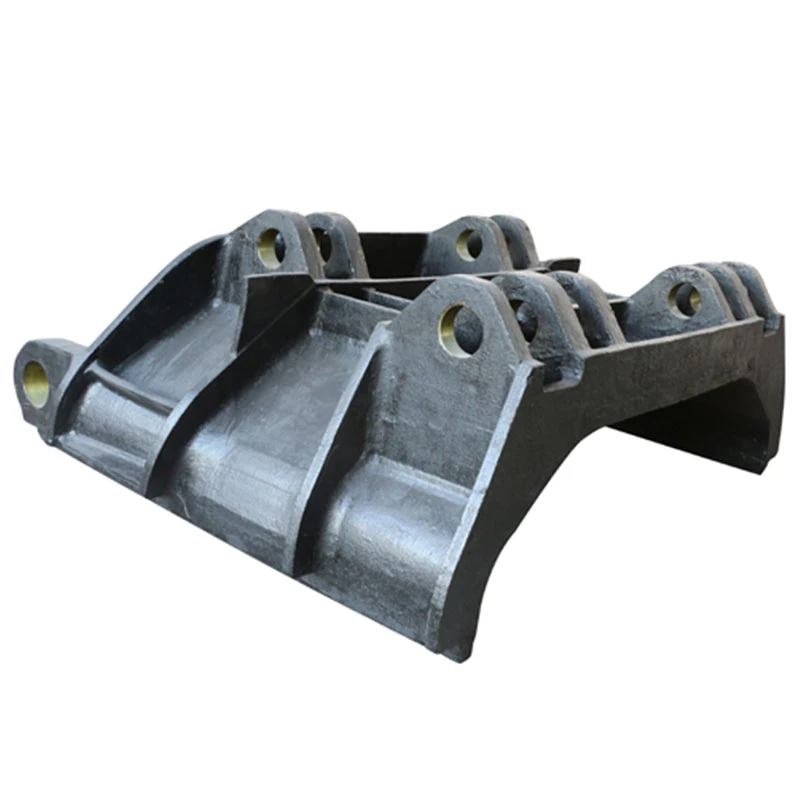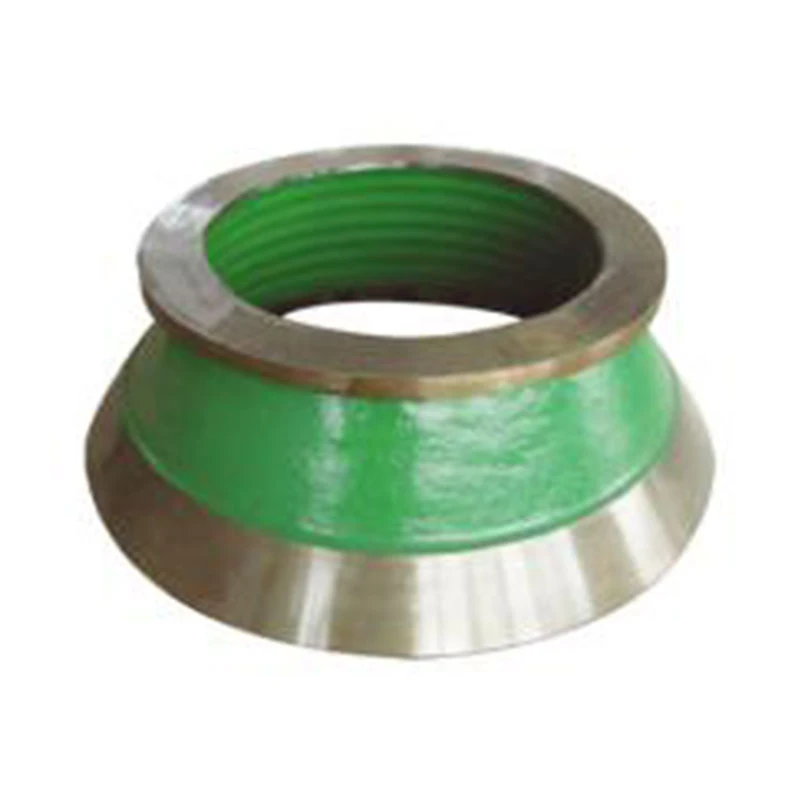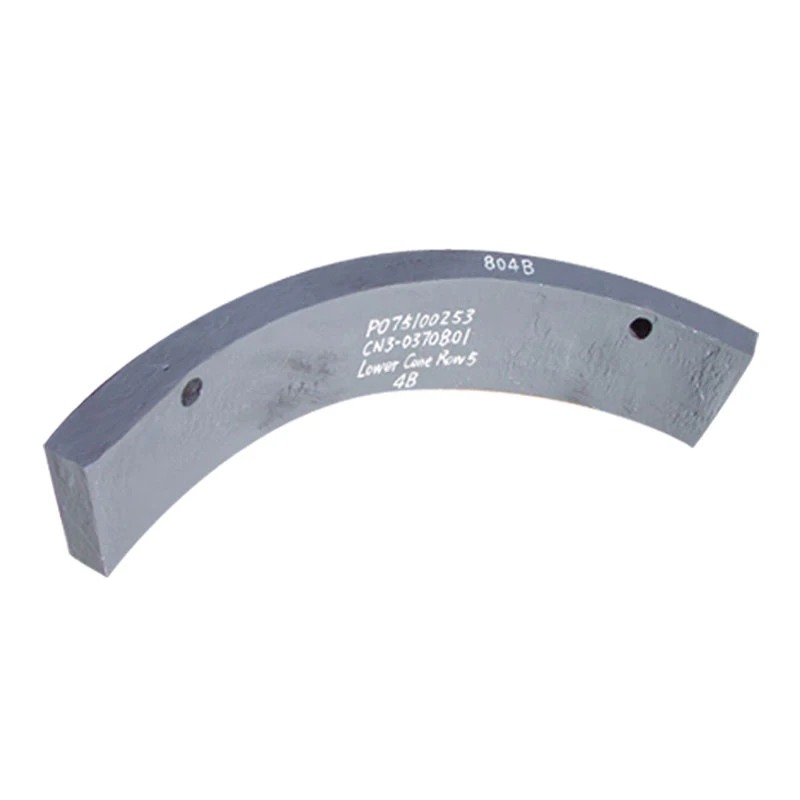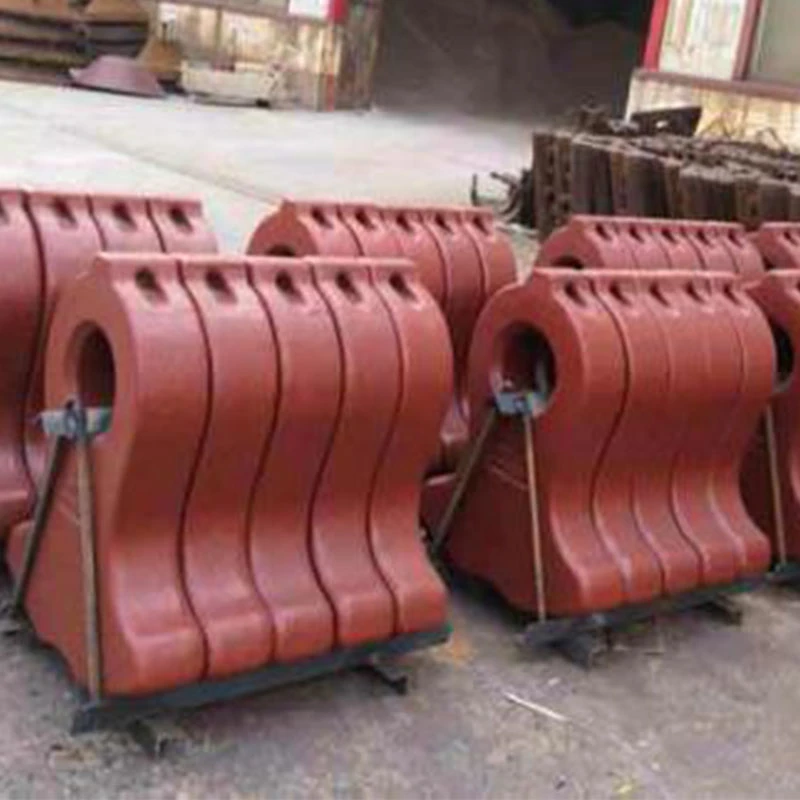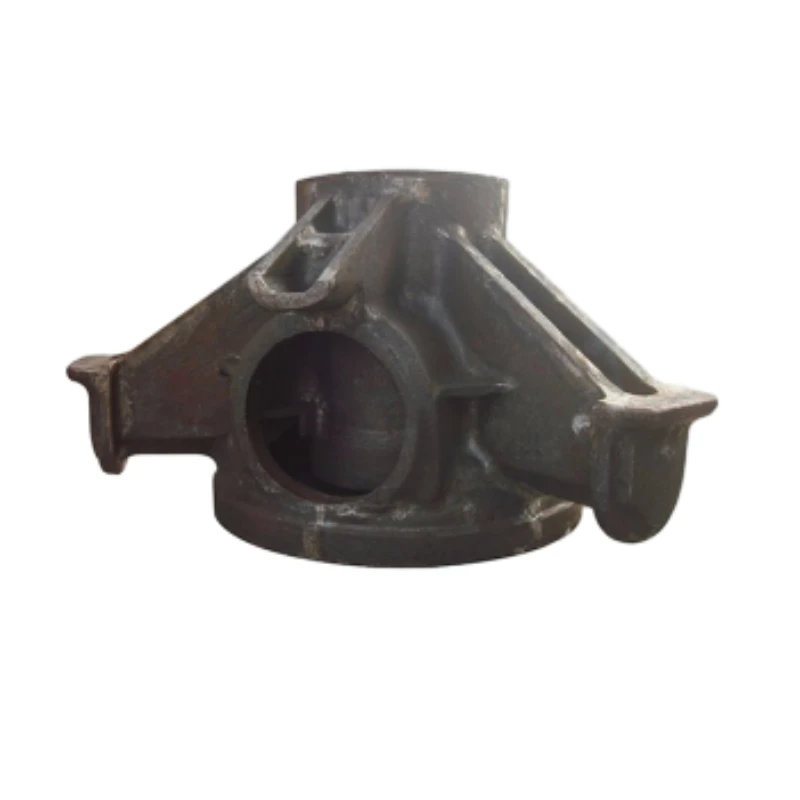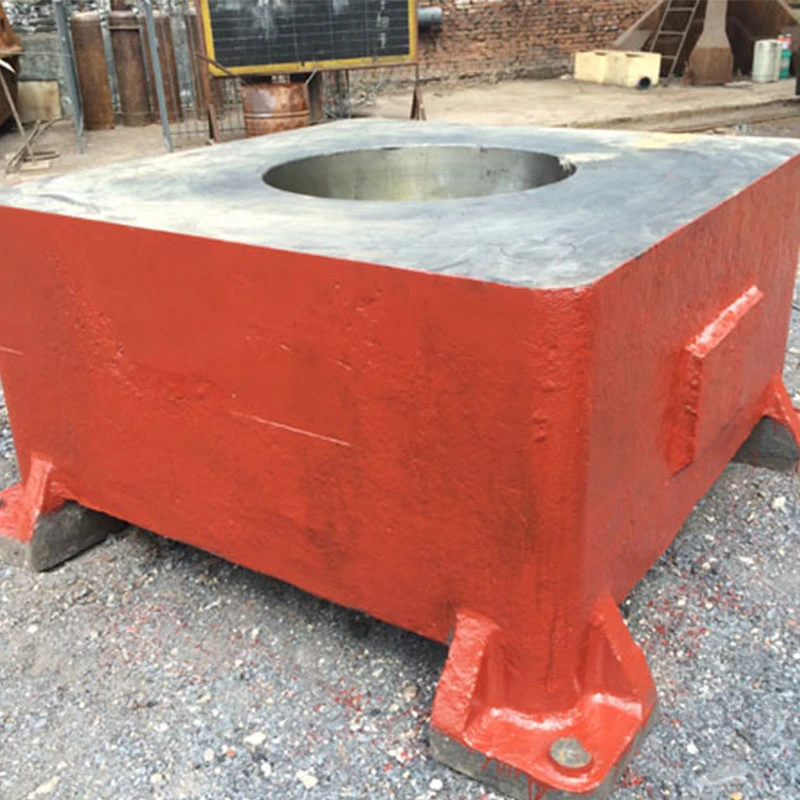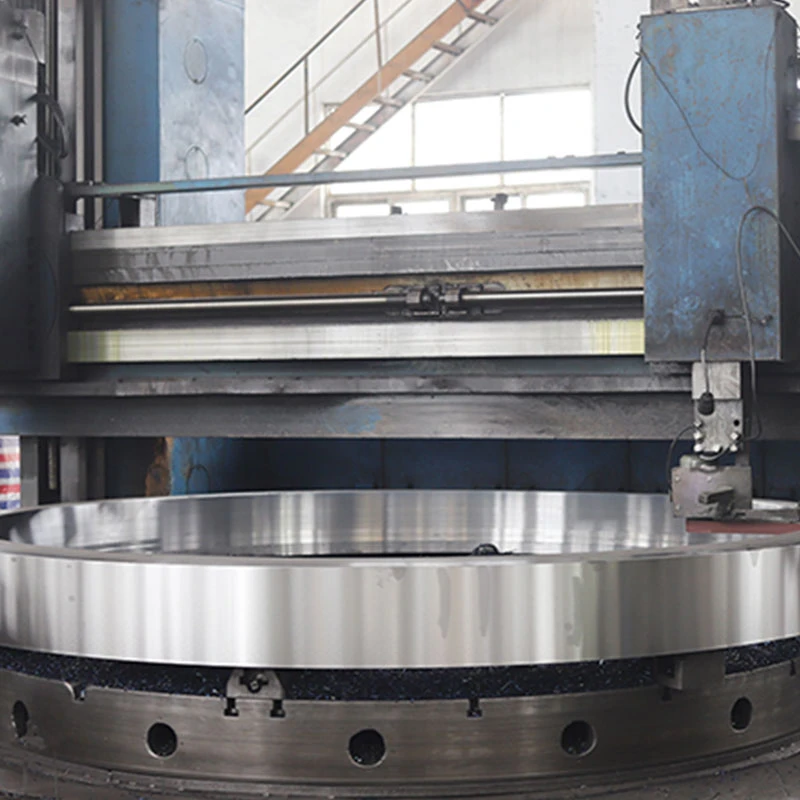- Afrikaans
- Albanian
- Amharic
- Arabic
- Armenian
- Azerbaijani
- Basque
- Bengali
- China
- China (Taiwan)
- Czech
- Danish
- Dutch
- English
- French
- German
- Greek
- Gujarati
- Haitian Creole
- hausa
- Miao
- Hungarian
- igbo
- Indonesian
- Italian
- Japanese
- Javanese
- Rwandese
- Korean
- Kyrgyz
- Lao
- Lithuanian
- Luxembourgish
- Macedonian
- Malgashi
- Malay
- Mongolian
- Myanmar
- Nepali
- Norwegian
- Persian
- Polish
- Portuguese
- Punjabi
- Russian
- Spanish
- Swahili
- Swedish
- Telugu
- Vietnamese
May . 30, 2025 16:56 Back to list
Efficient Slurry Transport Solutions with Centrifugal Pumps
- Fundamentals of abrasive mixture movement technology
- Measuring operational impact and efficiency metrics
- Mechanical superiority in harsh-environment pumping
- Industry-leading manufacturer comparison analysis
- Tailored configuration approaches by material type
- Industry-specific implementation case studies
- Future developments in pumping technology
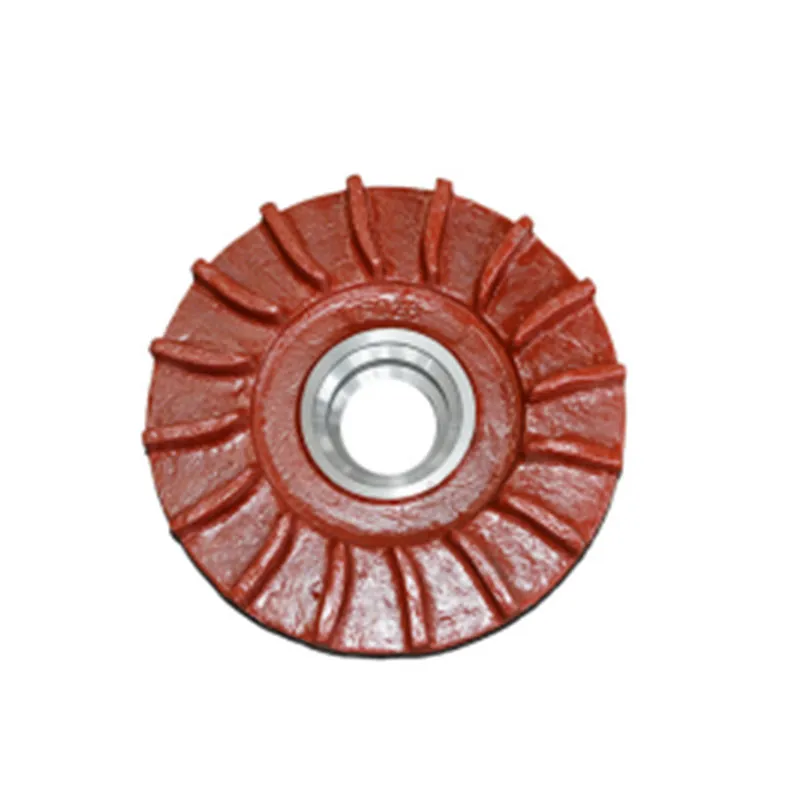
(slurry transport using centrifugal pumps)
Understanding Slurry Transport Using Centrifugal Pumps
Industrial operations moving abrasive mixtures containing suspended solids face unique pipeline challenges. Centrifugal slurry pumps leverage rotational kinetic energy to overcome these constraints. Specific design adaptations including hardened metal alloys, specialized impellers, and reinforced bearings distinguish these systems from standard fluid transfer equipment. Processing facilities handling mining tailings, dredged materials, or industrial byproducts rely on these robust pumping solutions where conventional units fail catastrophically within weeks.
Operational Efficiency Metrics
Centrifugal slurry pumps deliver quantifiable impact through extended mean time between failures (MTBF) and reduced downtime metrics. Industry data demonstrates properly specified units maintain 93-97% operational availability versus 68-75% for standard pumps processing medium-grade mineral slurry (80-120 microns particle size). Wear life measurements reveal substantial advantages:
- High-chrome white iron impellers last 2,100 operational hours in phosphate slurry applications
- Standard carbon steel alternatives deteriorate after 800 hours maximum
- Specialized rubber-lined systems achieve 3,400+ hours in coal ash transport
Energy consumption benchmarks show a 15-22% reduction per ton of solids moved versus positive displacement alternatives under identical operating conditions.
Technical Advantages
Modern centrifugal slurry units incorporate specific adaptations addressing abrasive wear mechanisms. Critical features include reinforced shaft assemblies supporting 150% greater radial load capacities than ANSI standards dictate. Advanced hydraulic profiles maintain consistent flow characteristics while reducing recirculation zones that accelerate component erosion by 40%. Recent innovations include:
- Variable geometry volute chambers dynamically adjusting to solid concentration fluctuations
- Laminated composite materials outperforming traditional alloys in silica-rich environments
- Predictive wear sensors triggering maintenance protocols before failures occur
This design philosophy enables operations at 78-82% pump efficiency with 50-65% solid content mixtures - a benchmark impossible for vortex or diaphragm alternatives.
Manufacturer Capability Analysis
| Manufacturer | Maximum Flow Rate (m³/h) | Pressure Capacity (bar) | Material Options | Specialized Features |
|---|---|---|---|---|
| Warman™ | 6,800 | 32 | Cr27, Natural Rubber, Neoprene | Split-case design, Adjustable impeller clearance |
| Goulds™ | 4,200 | 25 | A49, UHMW, Ceramic Coated | Cartridge seal systems, ISO 13709 compliance |
| KSB™ GIW | 12,500 | 45 | Cr33, ARQ, DSR liners | Fully reversible wear plates, High-density motors |
Third-party testing confirms KSB™ GIW units extend service intervals by 60-75% in high-silica applications. Warman™ dominates mid-range installations requiring frequent material changes due to rapid-component-swap innovations.
Custom Configuration Approaches
Effective slurry transport solutions require material-specific engineering considerations. Four critical application categories demand specialized configurations:
- High-Specific Gravity Mixtures: Increased impeller vane height and larger bearing assemblies with continuous oil bath lubrication
- Corrosive Chemistry Applications: Dual-layered housings combining abrasion-resistant alloys with non-reactive polymer coatings
- Variable Particle Size Handling: Modular wear plates allowing on-site thickness adjustments without casing replacement
- Low-Flow Scenarios: Concentric volute designs optimizing laminar flow below 180 m³/hour critical threshold
Field data demonstrates custom-configured installations reduce operational expenditure by 18-22% annually compared to standard catalog solutions.
Industry Implementation Scenarios
Chilean copper operations utilize 320kW horizontal centrifugal pumps transporting 52% solid-content mineral slurry across 18km pipelines. Composite-lined units combined with custom impellers lasting 3,000+ operational hours achieve 94% uptime - a 31% improvement over previous installations.
Norwegian fjord dredging projects deploy submarine centrifugal pumps processing 8,500m³/hour of marine sediments. Advanced remote monitoring systems track impeller wear rates within 0.05mm accuracy, enabling predictive maintenance that prevents unscheduled downtime.
Chemical processing plants handling titanium dioxide byproducts utilize corrosion-resistant centrifugal pumps with ceramic composite internals. These specialized configurations reduced maintenance frequency from weekly to quarterly intervals despite handling pH3 slurries with 40-70 micron abrasive particles.
Optimizing Operations with Centrifugal Slurry Pumps
The evolution of centrifugal pumping technology continues transforming industrial solids management. Emerging developments include:
- AI-powered hydraulic modeling predicting wear patterns with 94% accuracy
- Additive-manufactured components with gradient material properties
- Non-metallic centrifugal pump prototypes eliminating corrosion concerns
Properly engineered centrifugal solutions deliver measurable operational improvements across processing industries - from mineral extraction to industrial wastewater treatment. Selecting application-matched configurations with appropriate metallurgical specifications ensures reliable slurry transport operation at optimized lifecycle costs.
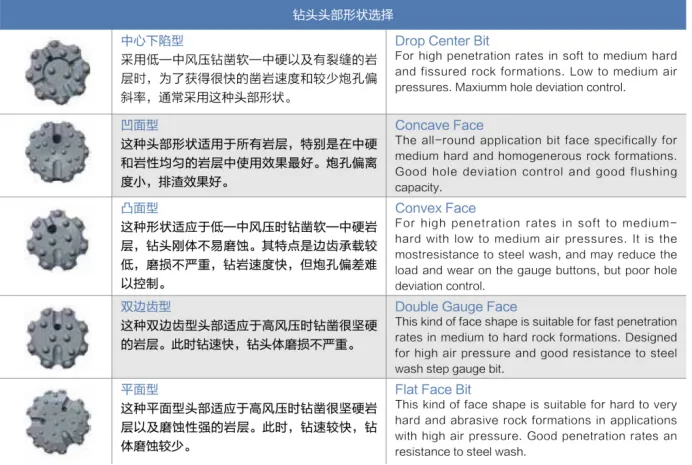
(slurry transport using centrifugal pumps)
FAQS on slurry transport using centrifugal pumps
Q: What is slurry transport using centrifugal pumps?
A: Slurry transport using centrifugal pumps involves moving abrasive or viscous fluid-solid mixtures (slurries) through pipelines. Centrifugal force generated by the pump's impeller propels the slurry, making it suitable for industries like mining and wastewater treatment.
Q: How do centrifugal slurry pumps handle abrasive materials?
A: Centrifugal slurry pumps are designed with wear-resistant materials like high-chrome alloys or rubber linings to withstand abrasion. Their robust construction minimizes erosion, ensuring longer operational life in harsh slurry transport conditions.
Q: Where can I find a detailed guide on slurry transport using centrifugal pumps PDF?
A: Technical manuals and research papers on slurry transport using centrifugal pumps PDF are available from pump manufacturers' websites or engineering databases. These resources cover design principles, efficiency optimization, and maintenance best practices.
Q: What are the key applications of centrifugal slurry pumps?
A: Centrifugal slurry pumps are widely used in mining, dredging, and chemical processing to transport ores, tailings, and industrial waste. They excel in high-flow, low-to-medium pressure scenarios where abrasive or corrosive slurries are present.
Q: What factors affect the efficiency of slurry transport using centrifugal pumps?
A: Efficiency depends on slurry density, particle size, pump speed, and impeller design. Proper material selection, pipeline configuration, and regular maintenance are critical to minimize energy consumption and wear during slurry transport.
-
Low-Cost Borehole Drilling Machine for Small-Scale Projects
NewsJul.11,2025
-
Carbide Bullet Teeth for Abrasive Formations: Powering Industrial Drilling Efficiency
NewsJul.11,2025
-
Advantages of Down-the-Hole Drill Bits in Geothermal Projects
NewsJul.11,2025
-
Hole Hammer Use in Water Well Drilling
NewsJul.11,2025
-
Benefits of a Mobile Diesel Compressor in Construction
NewsJul.11,2025
-
Benefits of Diesel Portable Screw Air Compressors
NewsJul.11,2025




